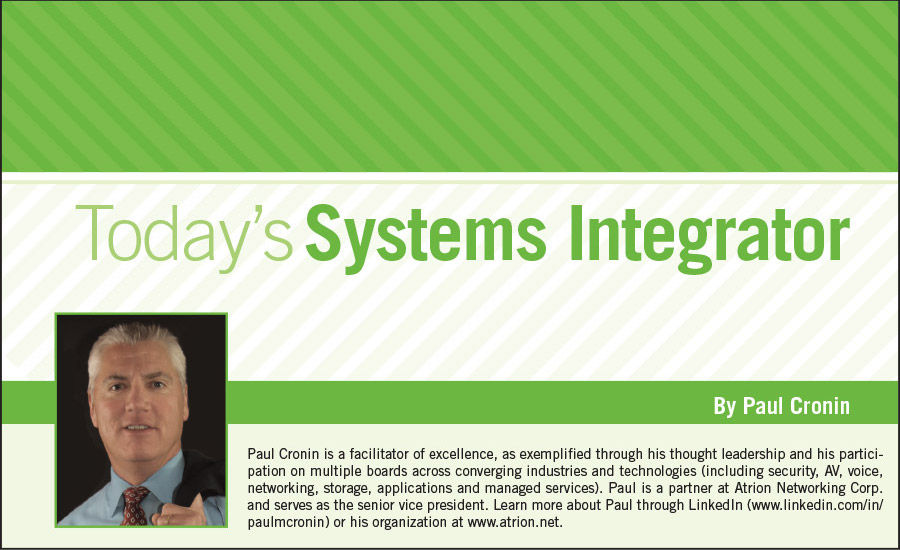Shifting to Consultative Security Sales

I wish you a Happy New Year and best wishes for an incredible 2018. The year holds a lot of promise for business growth and new opportunity. One important focus for business and sales leaders will be on developing our sellers and positioning them for success.
Achieving success may be a little harder this year than in the past. Research shows that more than 50 percent of decisions to buy have moved to IT executives and business owners. This shift has been underway for years but I think it is safe to say that we have arrived.
The shift in decision-making power and the retiring baby boomers whose relationships many have depended on as sole source opportunities will create problems for sales. Here are a few steps that I found helped me shift our sales team from account managers to consultative sellers.
Do they possess the ability to sell and to engage with new client decision makers? Today’s sellers need to move from account managers to become explorers and get excited about developing new relationships within the client business. The new seller knows how to manage the existing relationship but is proactively navigating the client environment to build deeper relationships with executives.
Do they know their clients' industries, competitors, goals, how they make money and how their own solutions provide strategic value to the clients? The new seller leads with value and closes with value. They enjoy engaging with client executives and talking about their business and feel comfortable sharing how what their company does aligns with their goals.
Do they invest in building formal account plans? Account planning is critical to increasing wallet share within an account. However, more than 57 percent of companies say that their existing customer base is less than 60 percent penetrated. The new seller turns existing clients into a marketplace for selling existing products to multiple stakeholders. They look at their opportunities like a chess board and know each person’s role and their next three moves.
Are your sellers great at time management? The new seller trusts the process and is available to help but they want to be in front of clients prospecting first.
Do they show up on the commit call with their pipeline and bookings for the month? The seller today treats their business like a consultant. They know what needs to be done to close a deal and where it is in the process.
Do your sellers embrace a team selling approach? Consultative sellers are more likely to be project managers bringing in the right resources to educate the client and close the deal than to try to do it themselves. They proactively network with the vendor to leverage their resources and relationships. They use everyone available to them to win the opportunity.
Are your sellers happy with their compensation? Are they consistently at 85 percent of their quota? The future seller manages their business like their own and is not happy with their pay. They want to make more and are willing to drive themselves and others to achieve it.
When you ask yourself how each one of your sellers matches up to these questions you will probably identify that a few of your top sellers are on the right track. Some may be successful despite the fact that they don’t have the characteristics of a consultative seller. However, their success today may be at risk in the near future.
Some of the others will need to go and others can be trained. You will need strong sales leadership and a commitment to monthly education to help them develop. It is never easy finding good sales talent. I suggest you look at the profile of your top sellers, compare their behaviors to the questions and then recruit for consultative sales people that fit that profile.
Looking for a reprint of this article?
From high-res PDFs to custom plaques, order your copy today!







